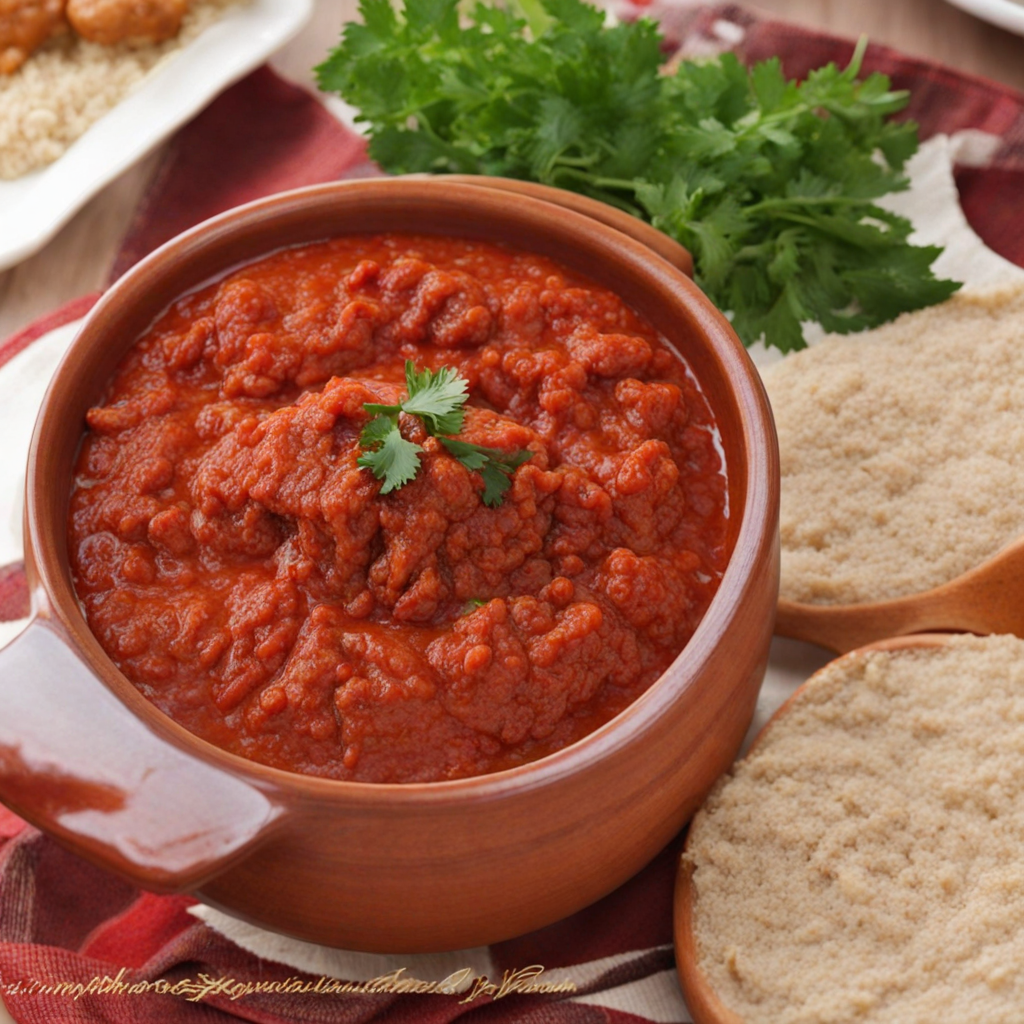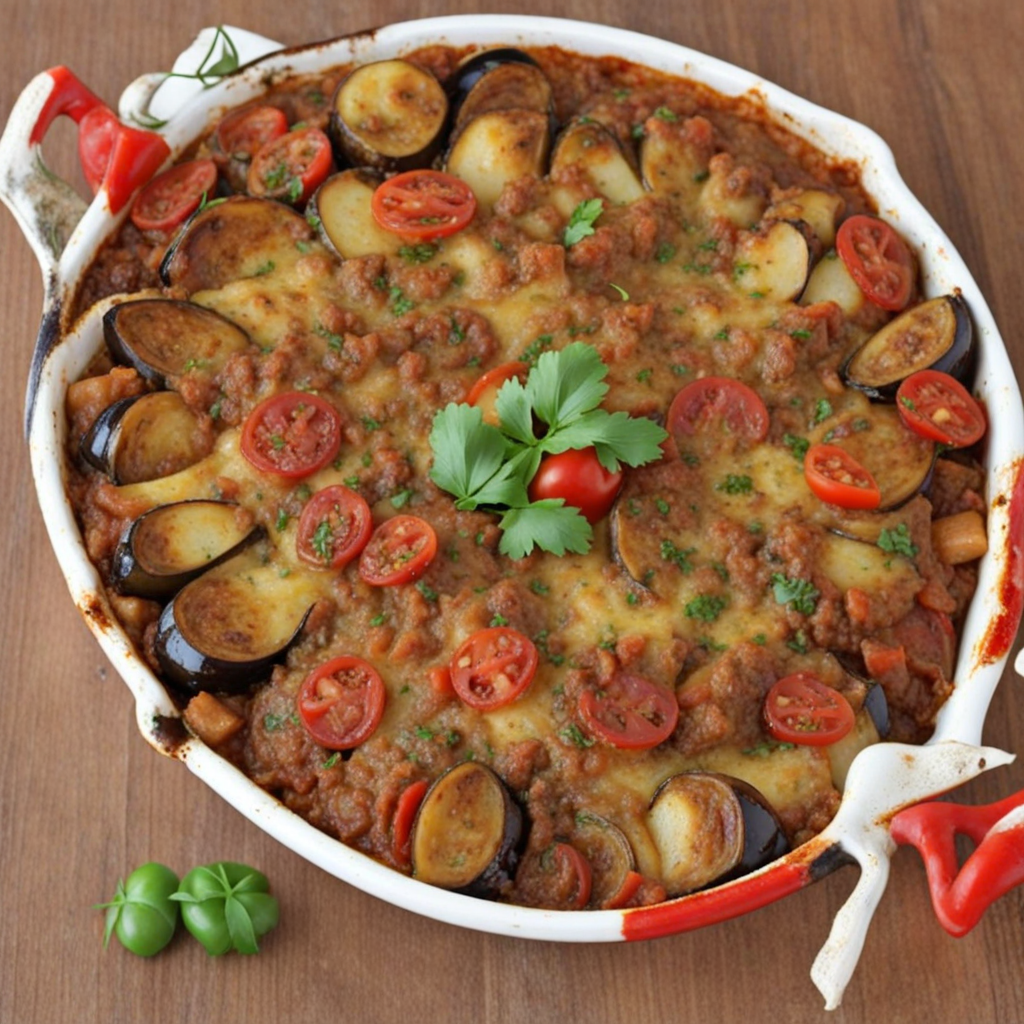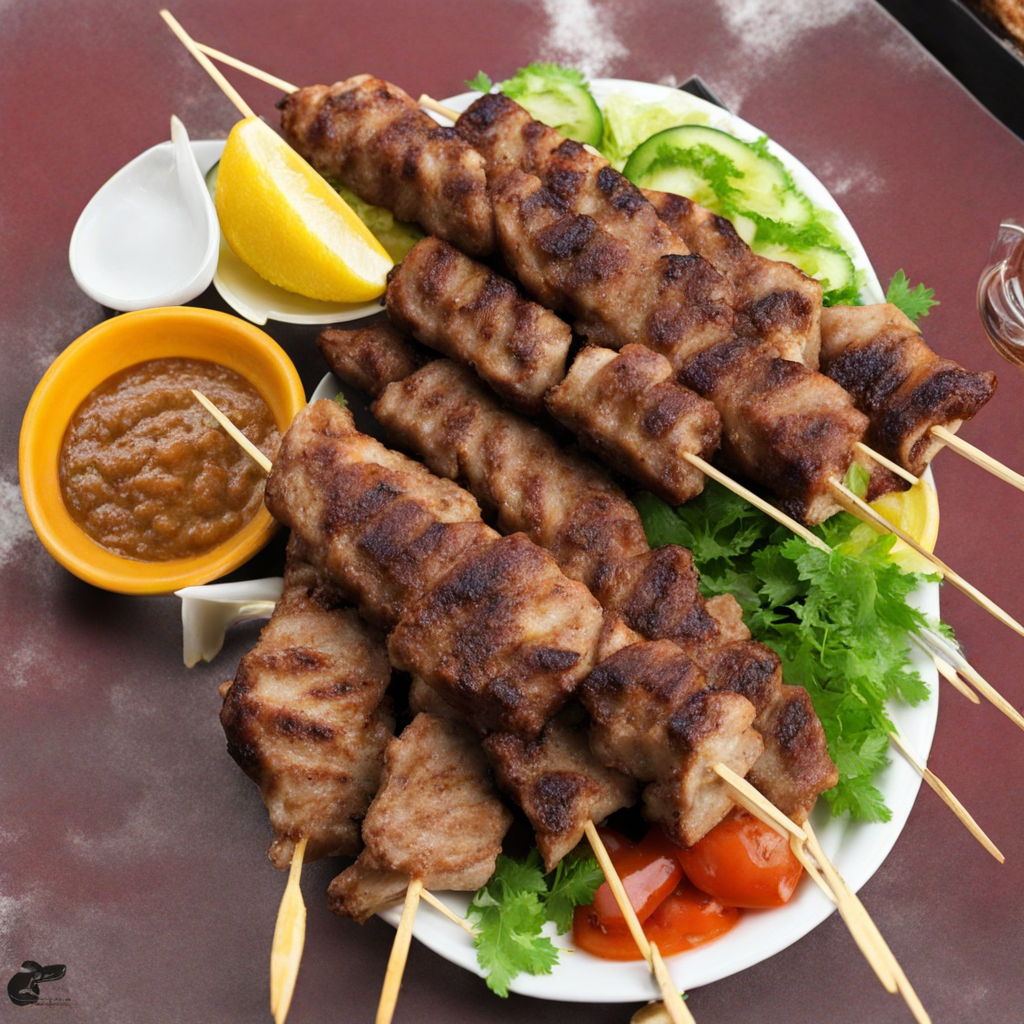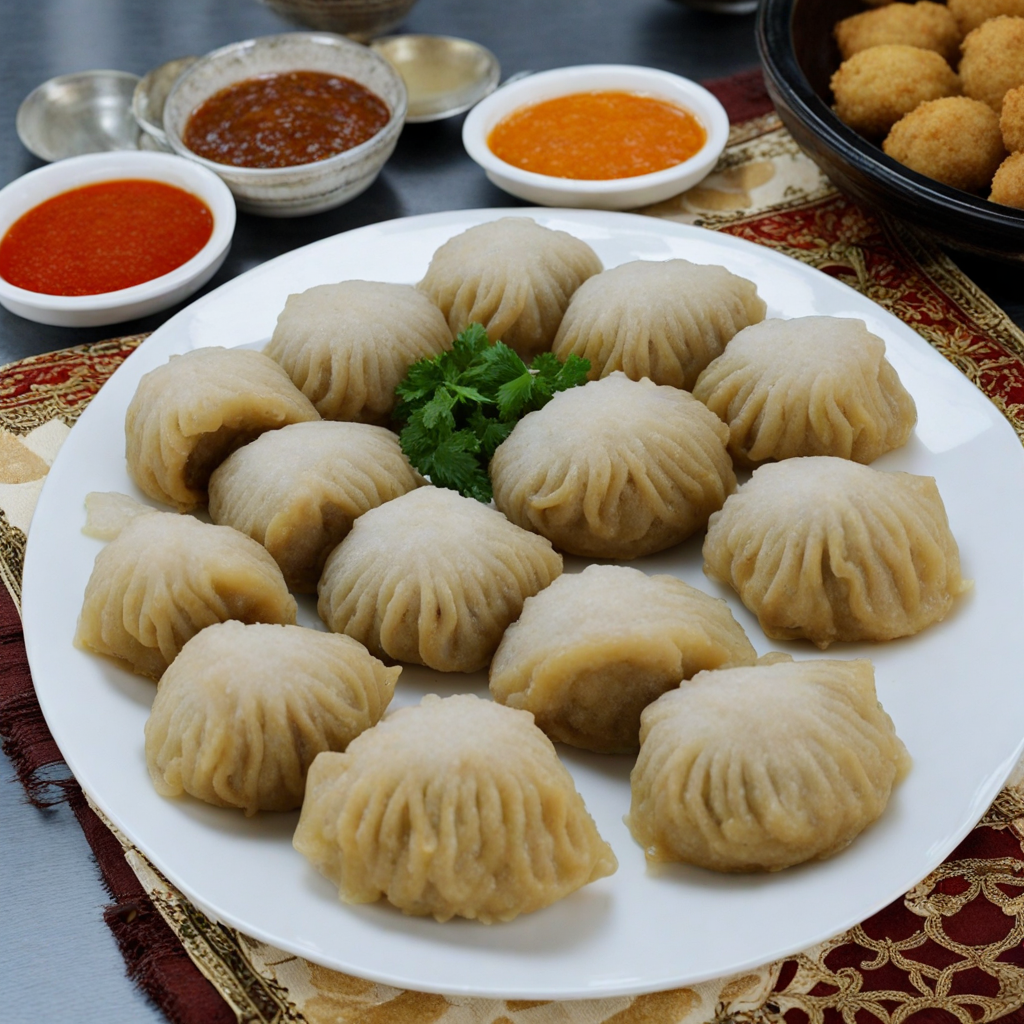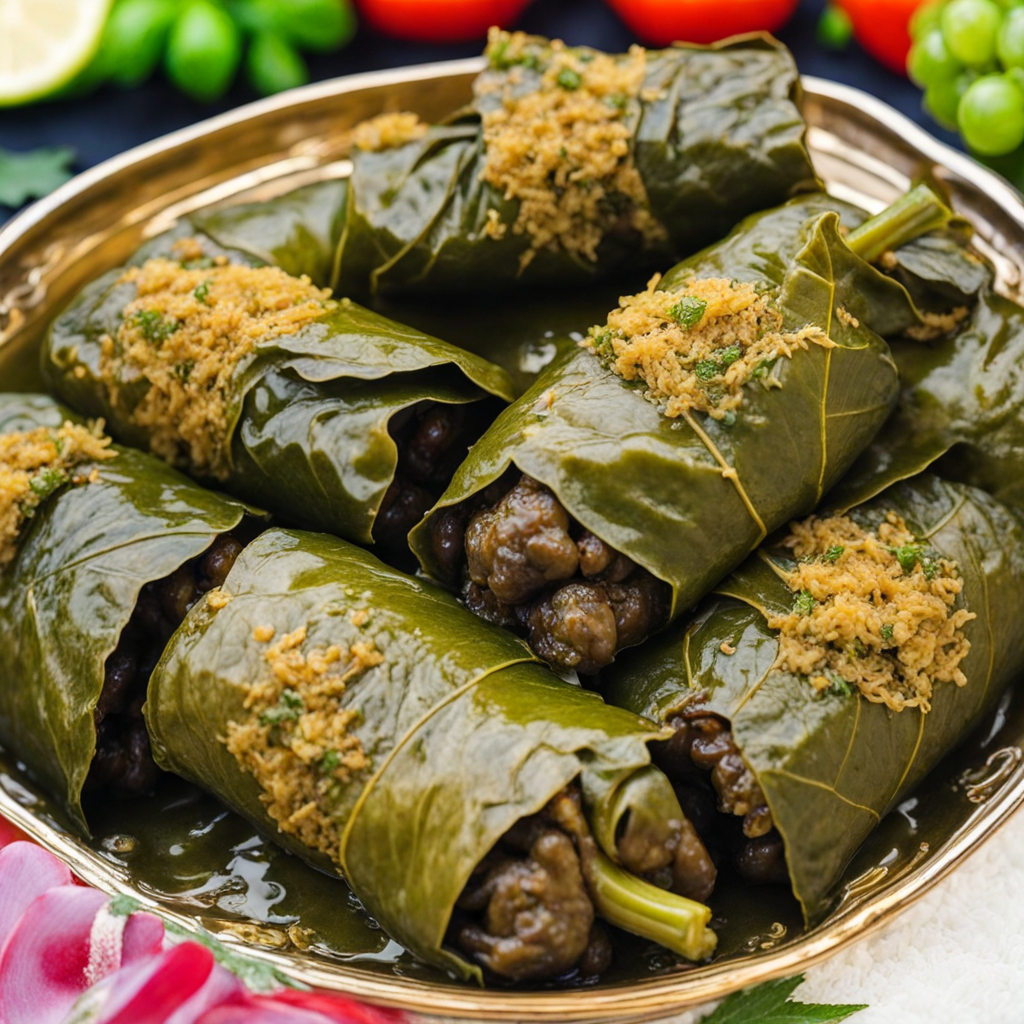Harissa
Harissa, a vibrant and fiery condiment hailing from Iraq, is a must-try for anyone seeking to explore new flavors. This spicy paste is primarily made from roasted red peppers, garlic, and a variety of spices, including cumin, coriander, and caraway seeds. The combination creates a rich, smoky flavor that tantalizes the taste buds while providing a delightful kick of heat. The texture is smooth yet slightly grainy, which makes it perfect for spreading, dipping, or incorporating into various dishes. In Iraqi cuisine, harissa is often used as a versatile ingredient, enhancing the taste of grilled meats, stews, and vegetable dishes. When slathered on warm flatbreads or mixed into yogurt, it transforms simple meals into a remarkable culinary experience. The spice levels can vary, allowing you to adjust the heat to your preference, making it a perfect addition to any meal for both spice aficionados and those who prefer milder flavors. Beyond its delicious taste, harissa is also packed with health benefits, as it contains fresh ingredients and spices known for their antioxidant properties. With its rich cultural heritage and delightful complexity, harissa not only adds depth to your dishes but also connects you to the vibrant flavors of Iraqi cuisine. Whether you're drizzling it over grilled vegetables or using it as a marinade for meats, harissa is sure to become a beloved staple in your culinary adventures.
How It Became This Dish
Origin of هريسة The dish known as هريسة (harisa) has deep roots that trace back to ancient Mesopotamia, a region often referred to as the cradle of civilization, encompassing modern-day Iraq. This traditional food is primarily made from wheat and meat, usually chicken or lamb, which is cooked slowly to achieve a creamy, porridge-like consistency. The process of preparing harisa is labor-intensive, requiring hours of cooking and stirring, a practice that reflects the communal spirit of the cultures that have embraced it. The name "harisa" itself is derived from the Arabic word "harasa," which means "to crush" or "to grind," indicative of the dish's preparation method. While harisa can be found in various forms across the Middle East and North Africa, its Iraqi iteration is characterized by its unique blend of spices and rich flavor profile, setting it apart from similar dishes in neighboring countries. \n Cultural Significance In Iraqi culture, harisa is much more than just a dish; it is a symbol of hospitality and togetherness. Traditionally served during special occasions such as weddings, religious festivals, and communal gatherings, harisa embodies the spirit of generosity. The preparation of harisa often involves family and friends coming together to share the labor and the joy of cooking, reinforcing social bonds and creating lasting memories. The dish is particularly prominent during the Islamic holy month of Ramadan, where it is enjoyed as a nourishing meal to break the fast. Its rich and hearty nature provides sustenance and comfort, making it a favored choice for families and communities during this holy time. The communal aspect of sharing harisa around large platters further enhances its role in fostering community ties and familial connections. \n Development Over Time As with many traditional dishes, harisa has evolved over the centuries, adapting to the changing tastes and culinary influences that have shaped Iraqi cuisine. The Abbasid Caliphate, which ruled from the 8th to the 13th centuries, played a significant role in elevating the status of culinary arts in Baghdad, the empire's capital. During this period, the refinement of dishes such as harisa was influenced by the influx of spices and cooking techniques from across the vast Islamic empire. In historical texts, harisa is often mentioned as a dish for the elite, served at banquets and royal feasts. As trade routes expanded and cultural exchanges flourished, the flavors and ingredients used in harisa began to diversify. Spices such as cumin, coriander, and sometimes even saffron were incorporated, enriching the dish's flavor profile and enhancing its appeal across different social strata. \n Throughout the Ottoman Empire, which controlled Iraq from the 16th to the early 20th century, harisa continued to gain popularity, but it also began to take on regional variations. In Turkey, for instance, similar dishes were created, often with local ingredients and spices, showcasing how interconnected culinary traditions can be. Despite these variations, the essence of harisa—a comforting, hearty dish—remained intact. In modern Iraq, harisa retains its traditional roots while also embracing contemporary tastes and dietary practices. With the rise of globalization and the influence of international cuisines, innovative chefs have begun to experiment with harisa, introducing new ingredients and presentation styles. Some modern interpretations may include garnishes of fresh herbs or a drizzle of flavored oils, catering to a younger, more cosmopolitan audience while still paying homage to its historical significance. \n Regional Variations While the Iraqi harisa is distinct, it is important to note that variations can be found across the Middle East and North Africa, each showcasing unique regional characteristics. In Lebanon and Syria, for example, the dish may be prepared with different grains or spices, reflecting the local agricultural practices and culinary preferences. In some cases, harisa can also refer to a sweet semolina-based dessert, highlighting the versatility of the name and the dish itself. In Iran, a similar dish called "halim" is made with wheat, meat, and spices, often served during the colder months, further illustrating the shared culinary heritage of the region. Such variations serve as a reminder of the interconnectedness of cultures and the ways in which food can transcend borders, bringing people together through shared tastes and experiences. \n Conclusion In summary, هريسة (harisa) is a dish deeply embedded in Iraq's cultural and culinary landscape. Its origins in ancient Mesopotamia and the evolution it has undergone over the centuries reflect not only the history of the Iraqi people but also their resilience and adaptability. As harisa continues to be a staple on tables across Iraq, it remains a testament to the power of food as a unifying force, a source of comfort, and a celebration of tradition. The journey of harisa from ancient times to the modern day illustrates the rich tapestry of Iraqi cuisine and its ability to adapt while retaining its core values of hospitality and community.
You may like
Discover local flavors from Iraq


